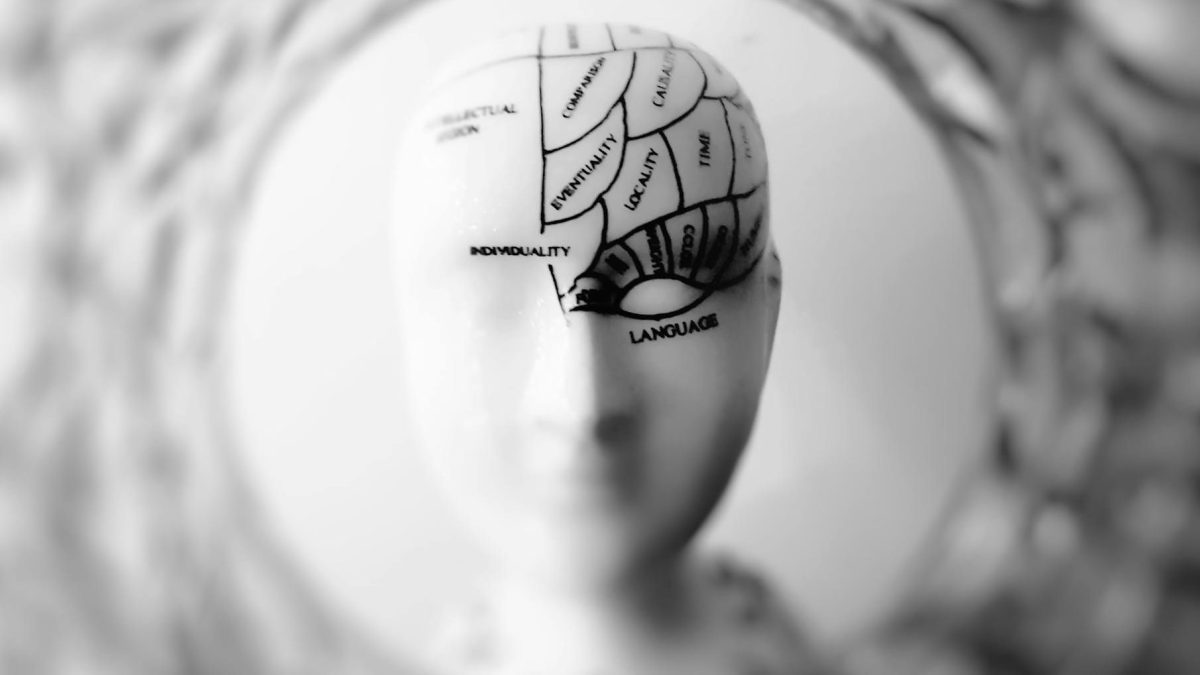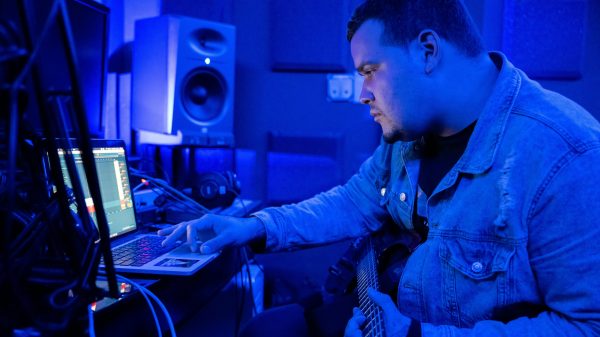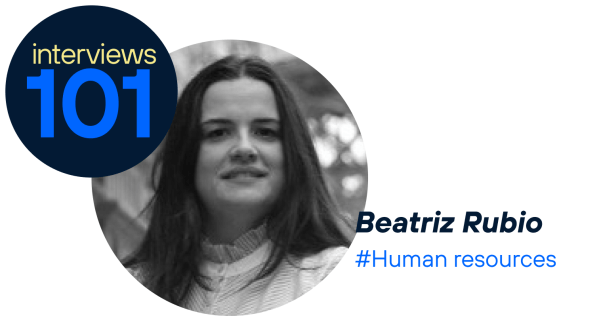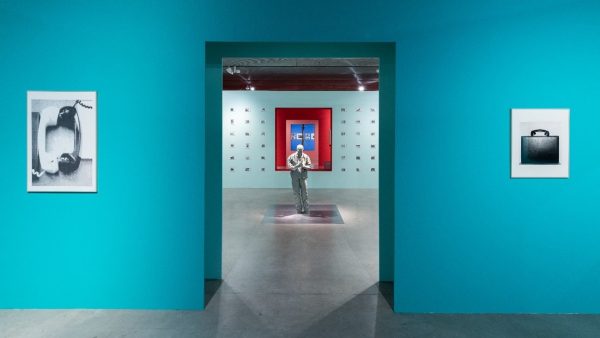Creativity not only breaks down barriers and builds bridges to new perspectives, but also becomes an essential tool for negotiators seeking optimal results, whether in work or personal environments.
The utility of creative thinking
Many tend to associate creative thinking with artists, children and those who ‘can afford to dream or fantasise’. In the reality of all of us, creative thinking serves to think of possible alternatives, to come up with original ideas to find solutions, to get out of difficult situations or behavioural patterns that block us.
As early as 1950-1955, J. P. Guilford used the word ‘creativity’ from a psychological point of view to focus on the characteristic features of an authentic personality and identified seven characteristics of creativity:
- Sensitivity: timely awareness of problems.
- Dissolution or verbal fluency: readiness to produce hypotheses to solve perceived problems, to elaborate and to act, in the same perspective, verbal, written and pictorial expressions.
- Flexibility: adaptation to unusual and unexpected situations.
- Divergent thinking: rejection of conformism, of obvious, unproductive thinking, and therefore ability to elaborate and propose new, unusual theses.
- Redefinition: ability to deal with known things in an original way, to use the power contained in the definition of knowledge.
- Analysis: ability to identify and capture significant data.
- Summary: investigation and articulation of a meaningful structure between elements of knowledge and experience.
However, knowing what defines creativity in an individual does not determine the functionality of their creative thinking. In fact, therein lies the difference between creativity as a human characteristic and creative thinking, which is in fact one of the main typologies of thinking, focused on producing ideas that are outside the usual pattern of thinking. It can be a driver of change. As a technique or personal skill it can be used in solving problems in everyday life, both at work and at home, either individually or in a group.
From this approach, we can consider the real use of creative thinking in our daily lives. We easily see its application in the field of innovation, for example, but we find it more difficult when it comes to everyday situations such as shopping or being with our children. Indeed, once we recognise this type of thinking, we are able to see the four pragmatic dimensions on which it relies and with which we can assess our own creative thinking capacity:
- Fluency. This is the ability to provide many different, acceptable or good solutions in a reasonable but limited amount of time (e.g. think of the last negotiation with your children about curfew or time spent playing video games, how many points of contention did you refute).
- Flexibility. This is the ability to develop solutions from different ingredients with multiple perspectives, and to quickly change perspective and reference contexts (e.g. Think about the last holiday you prepared with your partner, family or friends, how many alternatives did you prepare and how did you reach consensus on the final dates).
- Originality. This is the ability to develop ideas never thought of before, knowing that being original does not mean producing irritating or extravagant ideas (e.g. Think about the last meal you prepared, can you identify what the original recipe was)?
- Elaboration. This refers to attention to detail and respect for one’s own work, and the presentation of a consistent product: that is, finished in all its parts, flawless in both substance and form. (e.g. Think of the last term, how many meetings have been productive because of your collaboration).
As we have seen, nowadays, creative thinking is essential as we live in a society where innovation and adaptability are key to success. According to several studies, people who practice and develop these lines of thinking are 50% more likely to solve complex problems effectively. And it is not only important on an individual level, but also as a collective: it has been observed that companies that encourage creative thinking among their employees can increase revenue by up to 33% and market share by 43% compared to their competitors. This data highlights the importance of cultivating creative thinking, not only for individual growth, but also for collective progress in the professional and social sphere. Therefore, investing time and resources in training it is a strategic necessity.
Can we train creative thinking?
If you have so far thought that creativity is someone else’s business, or if you are confident in your own creativity, you should know that it is always possible to further develop your skills to facilitate creative thinking.
Maintaining a positive attitude is essential in this process. Often, fear of making mistakes can paralyse our actions and stifle our most innovative ideas. However, it is important to remember that mistakes are part of the path to success and can be great teachers. By adopting a mindset that sees mistakes as learning opportunities, you open the door to endless creative possibilities.
Change is a constant in life and embracing it with enthusiasm can be a powerful catalyst for creativity. Changing your daily routine, exploring new hobbies or even altering your work environment are ways to stimulate creative thinking. These changes may seem small, but they have the potential to generate new neural connections and thus new ideas and perspectives.
Verbalising thoughts is another valuable tool in this training. By speaking, we are not only activating different areas of the brain, but we are also giving shape and structure to our ideas. This can facilitate the identification of connections that were not previously evident and where the flow and expansion of ideas is crucial.
Finally, the relaxed state is fertile ground for creative thinking. When we are relaxed, our brains are able to explore ideas without the constraints of logical, structured thinking. Breathing exercises and meditation can prepare the mind for this state, while laughter can trigger a rush of thoughts. In addition, solving puzzles and engaging in physical activities can sharpen our ability to think outside the box, both of which stimulate the brain in unique and challenging ways. In short, creative thinking thrives on positivity, change, verbal expression, relaxation, and mental and physical exercise.
Exercising creative thinking in our daily lives
Once we are aware of our capacity for creative thinking, have been able to assess it and know that we need to train it, it is time to exercise it in our daily lives. Being critical of our own routines and habits is the first step in unlocking this potential. For example, if you follow the same routine every morning, try changing it: take a different route to work, try a new type of coffee or start the day with a physical activity. These small changes can offer new perspectives and stimulate the mind to think differently.
Perspective-taking is another valuable technique. Just as a devil’s advocate questions arguments to find fault, we can apply this approach to our everyday decisions. If you are planning a dinner party, for example, think of alternatives to your usual menu or how you might present dishes in a new way. Not only can this exercise lead to exciting culinary discoveries, but it can also help develop problem-solving skills.
Taking inspiration from your surroundings is essential to nurture this kind of thinking. Experience is knowledge, and knowledge is fundamental to new ideas. You can draw on your everyday life to take on the characteristics of similar solutions, or even to develop a different pitch for your next meeting at work. For example, I take advantage of negotiation techniques inspired by creative thinking whenever my children question their bedtime… even though I usually lose.
Finally, it is important to surprise ourselves and others with our ideas. The ultimate goal of creative thinking is to come up with new ways of thinking that lead to new solutions, involving everyone around us and involving them in the idea. Remember to embrace NO; innovation is a learning process in which we should not be afraid to fail, because every mistake is an opportunity to learn and grow.
In conclusion, creative thinking is much more than just a skill; it is a mindset that can transform both work and personal negotiations. By adopting a creative approach, we open up a world of possibilities, finding innovative solutions and forging agreements that reflect the best version of our aspirations. Whether in the boardroom or at the kitchen table, creative thinking allows us to see beyond conventional boundaries, cultivating fertile ground for personal and professional growth.












